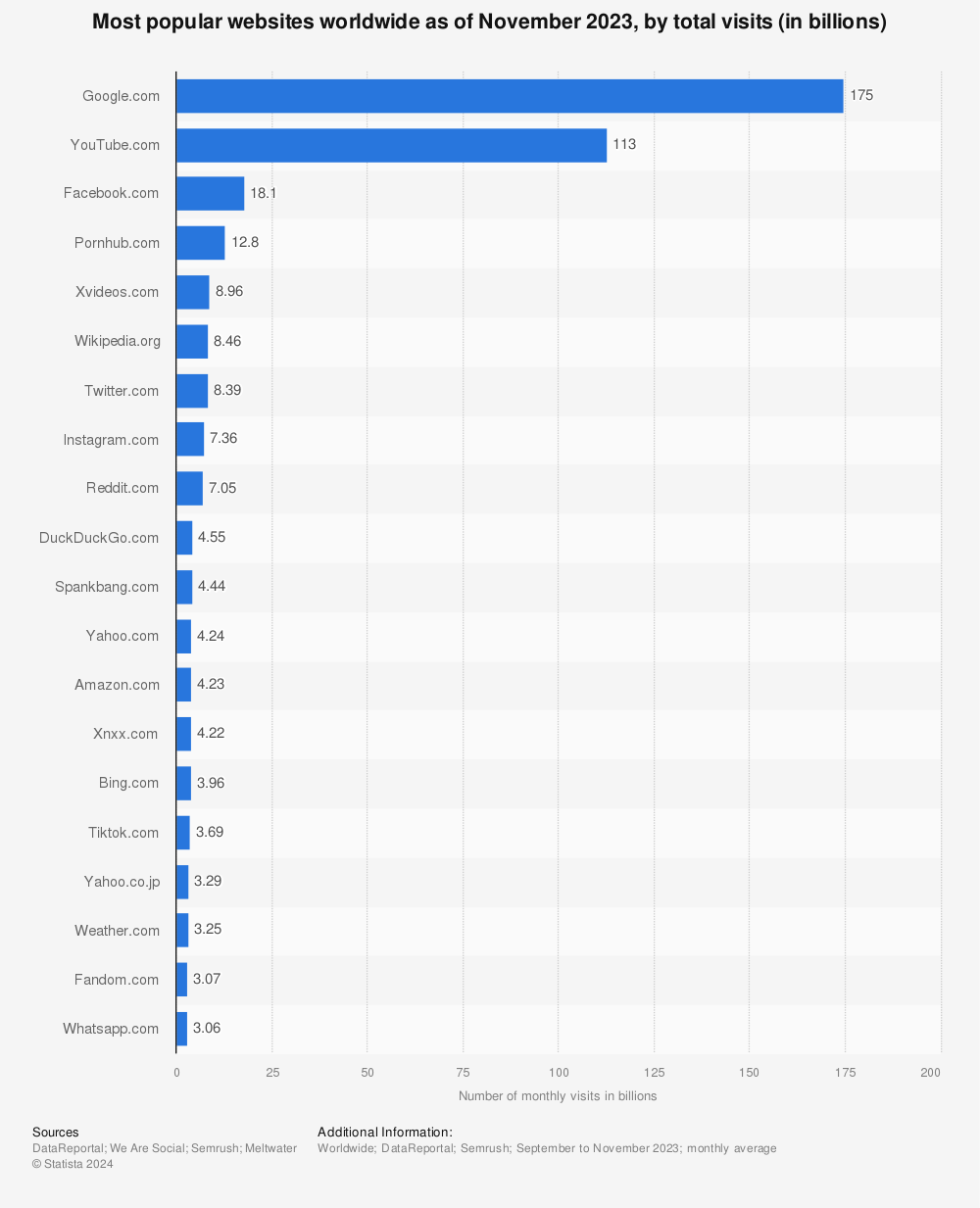Content Strategy in 2022
The future is already here
2022 marks a significant tipping point for the average American adult: For the first time, we are spending over half of our waking time (8+ hours)—the majority of our conscious attention—interacting with digital media.
Digital media has officially overtaken both traditional media and unmediated pure being as our primary interface with reality.
And the trend shows no sign of slowing: People will continue to spend increasing amounts of time browsing, socializing, educating, purchasing and living in the digital space.
Like it or not, the future has arrived. . .
Navigating the stormy seas
Let’s be honest: the online experience can be hyper-stimulating, overwhelming, chaotic.
Ads, banners, pop ups, redirects, dead links, clickbait, scams, thirst-traps, f*ckboys, troll farms, FOMO, limbic hijacking, doomscrolling, low battery, no signal, addiction, anxiety, depression, hate, fear. . .
In the midst of all this stimuli, we increasingly depend on one value to help us navigate these turbulent waters:
TRUST
It’s said that trust is the foundation of any relationship—this applies equally in business.
What is Trust in the digital space?
We have all learned to become skeptics while online—everyone has had some experience of being lured into spending valuable attention on clickbait or the promise of a product that turns out to be a scam.
With the digital experience being a remote virtual one, the reliable, in-person ways of earning trust must be adapted for the digital medium.
With growing necessity, the vast majority of people do research before purchasing: they learn about not just what the product is, but where it comes from and how to use it; they check on customer reviews; they compare products and services between brands; they watch a how-to tutorial of the product or service in action.
Even when a purchase takes place in-person, digital research is a vital step for today’s consumer.
SEO as service
With the increasing convenience of modern, digital life, expectations have shifted profoundly. With constant inundation of media competing for attention, people do not want another huckster cold selling—even if they might ultimately love the product. By accepting the fact that prospective customers will have questions about your product or service before they buy, we can enthusiastically anticipate their needs.
Today, it is the responsibility of brands to empathize with the consumer’s reality, endeavor in earnestness to understand their needs and work proactively to help them.
A disposition of service is key: Accessibility, openness and inclusion define this emerging digital paradigm.
Search engine optimization (SEO) acts as a data-driven matchmaker pairing interested individuals possessing a specific need with a brand that is eager to help that need.
Keyword research in particular shines a light on the self-disclosed needs of prospective customers that can help brands align their offerings with existing market demand. By lifting the hood to see the patterns of behavior and inquiry surrounding your niche, brands also gain powerful insight into unseen opportunities they can harness to beat out their competitors.
_______ is King
26 years ago, a digital visionary had this to say:
But is this really still the case today? So much has changed since then and at an exponential rate.
Consider this chart:
Globally, the top three most visited sites reveal the following:
People are mostly
Searching for content (Google)
Watching content (YouTube)
Creating and sharing content (Facebook)
Video continues to outperform all other types of content
We’re not going to beat around the bush: Of all content on the internet, video reigns supreme:
Globally in 2021, 82% of all internet traffic was video.
In fact: Here are 135 reasons video is the most powerful, engaging and accessible content on the internet.
When leveraged for the purposes of growing a business, video is consistently the most effective content available.
Period.
The winning recipe in 2022: SEO + Video
So here is our straightforward, winning recipe:
After taking the initial step of optimizing your organic discoverability through keyword-based SEO, immediately hook prospects with engaging and helpful video that starts them on a path toward your products or services. Map out the entire customer journey, identify areas that can be improved, close the deal. What can I say: easy peasy lemon squeezy.
The retail landscape continues to change rapidly. The global pandemic only accelerated the rate of growth for e-commerce and all things digital.
We at Oh Artichoke! are here to help you navigate developing and implementing effective, engaging multi-channel digital campaigns. We offer efficient content and strategy without bloated agency fees. For more information about our digital campaigns click here:


